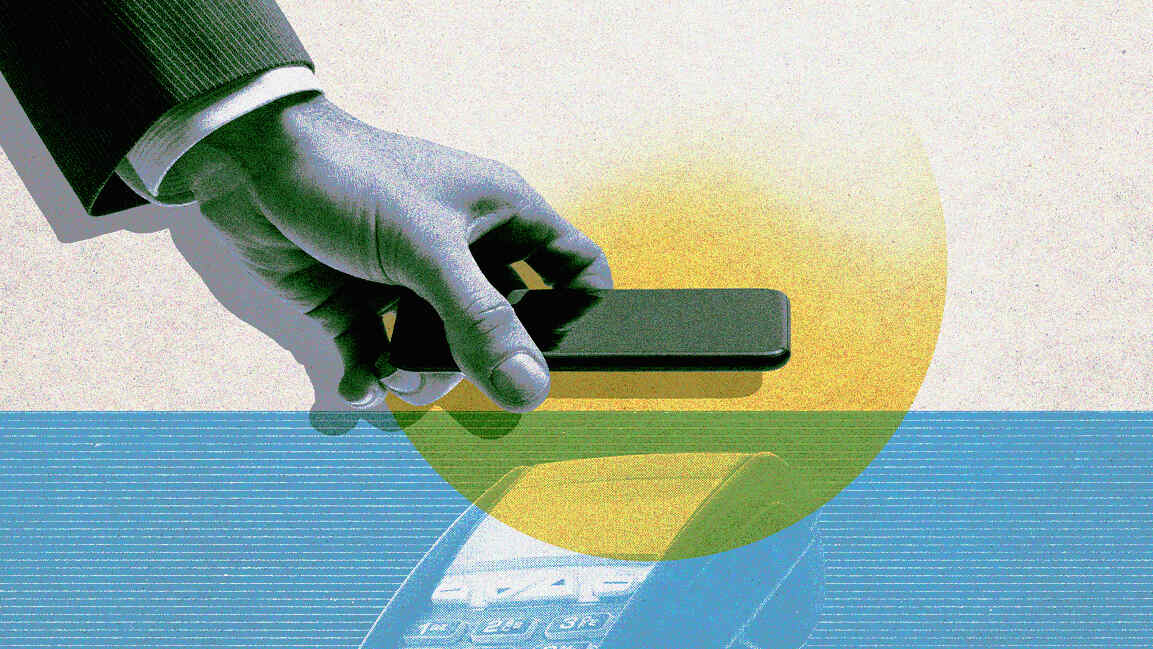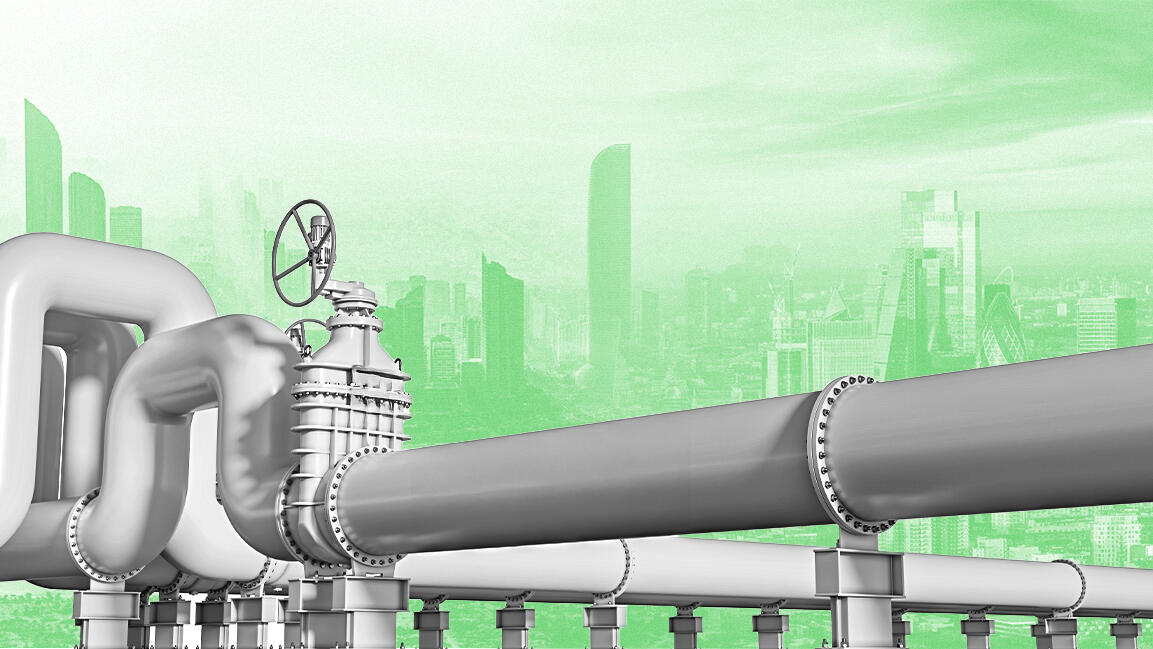- | 12:00 pm
5 ways you can use the Internet sustainably
Internet contributes to 2% of global greenhouse gas emissions, but some simple day-to-day tricks can make it more environmentally friendly

Did you know that the Internet is responsible for tons of daily carbon emissions, almost 2% of global emissions annually? While we generally associate emissions with polluting industries like aviation and burning fossil fuels for energy, the Internet also contributes to global warming.
The Internet is accessed with data centers, some as large as cities, which are connected via deep sea cables. There are around 8,000 data centers worldwide, with about 150 in the Middle East.
These data centers work tirelessly to keep the world connected to the Internet at all times. In doing so, they consume electricity and emit heat as they process hundreds of thousands of pieces of information every second of every day.
With the advancement of technology, especially AI, these emissions can go through the roof and make the Internet an even bigger carbon emitter.
But fortunately, the Middle East has recognized this problem and is moving towards more sustainable websites and AI platforms with lower carbon emissions.
One such platform is Vicuna, developed by researchers of the Mohamed bin Zayed University of Artificial Intelligence in the UAE, UC Berkeley, Carnegie Mellon University, Stanford, and UC San Diego, to create a content generation AI platform that consumes lesser energy than platforms like ChatGTP or Bard, thereby reducing its carbon footprint.
While the country is doing its part to reduce emissions from the Internet, here are a few small things you can do to make your carbon footprint smaller.
SWITCHING TO THE BASIC HTML VERSION EMAIL
A person’s average email use contributes to around 40 kilograms of carbon dioxide equivalent (CO2e) annually. These days, email accounts have different themes, images, and interactive tools that consume more energy and increase the website’s carbon footprint, making the user accountable for it.
Switching to the basic HTML version of emails saves the data centers a lot of energy as they are quicker to load without the added functions, thereby reducing emissions. While the basic HTML versions of emails lack many features, they are better for the planet than their standard versions with lesser colors, images, functions, and JavaScript.
SMALLER ATTACHMENTS, NO ‘THANK YOU’ MAILS
Attachments with emails, including photos, documents, and multimedia files like videos and audio, make emails heavier to load. The smaller the attached file size, the less energy is consumed while sending it. Whenever possible, reduce the attachments’ size without compromising the files’ quality.
Research by OVO Energy shows that if each adult using the email in the UK sent one less “thank you” email daily, it would save over 16,433 tones of carbon a year. This is equal to taking 3,3343 diesel cars off the road.
It is equally necessary to keep deleting old mail and emptying the trash regularly. Unsubscribe from unnecessary newsletters and ads to keep emissions to a minimum.
LOW-RESOLUTION VIDEO CONTENT
While it may seem like a big ask when 4K is in vogue, it doesn’t seem so when you think of the amount of emissions you will be preventing. Instead of streaming videos in HD or 4K on the Internet, switch to medium or low resolutions to limit emissions.
Switching off auto-play on video-streaming platforms also saves energy that otherwise goes into playing videos that you may not even want to see in the first place. Instead, you can choose the “ask before playing” option on these platforms.
OPTIMIZE APP USE ON DEVICES
Almost 98% of the population in Bahrain, 96% of UAE, and 95% of Kuwait used smartphones to access the Internet in 2022. While using smartphones, there are several unwanted background applications that keep running, even when you are not using them. These apps drain the phone’s battery faster and consume a lot of internet data. With billions of users, emissions from these unwanted apps are unfathomable.
Fortunately, there are optimization features on smartphones and tablets to shut down these apps. They will prevent background apps from using your phone’s internet data and battery and free up memory space without deleting anything. Also, uninstall apps from your phone that you no longer use.
DOWNLOADING INSTEAD OF STREAMING
Choose to download videos and songs and enjoy them on your device instead of streaming them on the Internet on a loop. All video streaming platforms like Netflix, Amazon Prime Videos, Hulu, and music platforms like Spotify, Audible, Apple, and Google Podcasts allow users to download their shows and songs to their local devices. This way, emissions generated while streaming each time will be reduced as your device will not rely on the Internet. It is said that downloading songs after the first listen can reduce up to 80% of CO2 emissions.







































